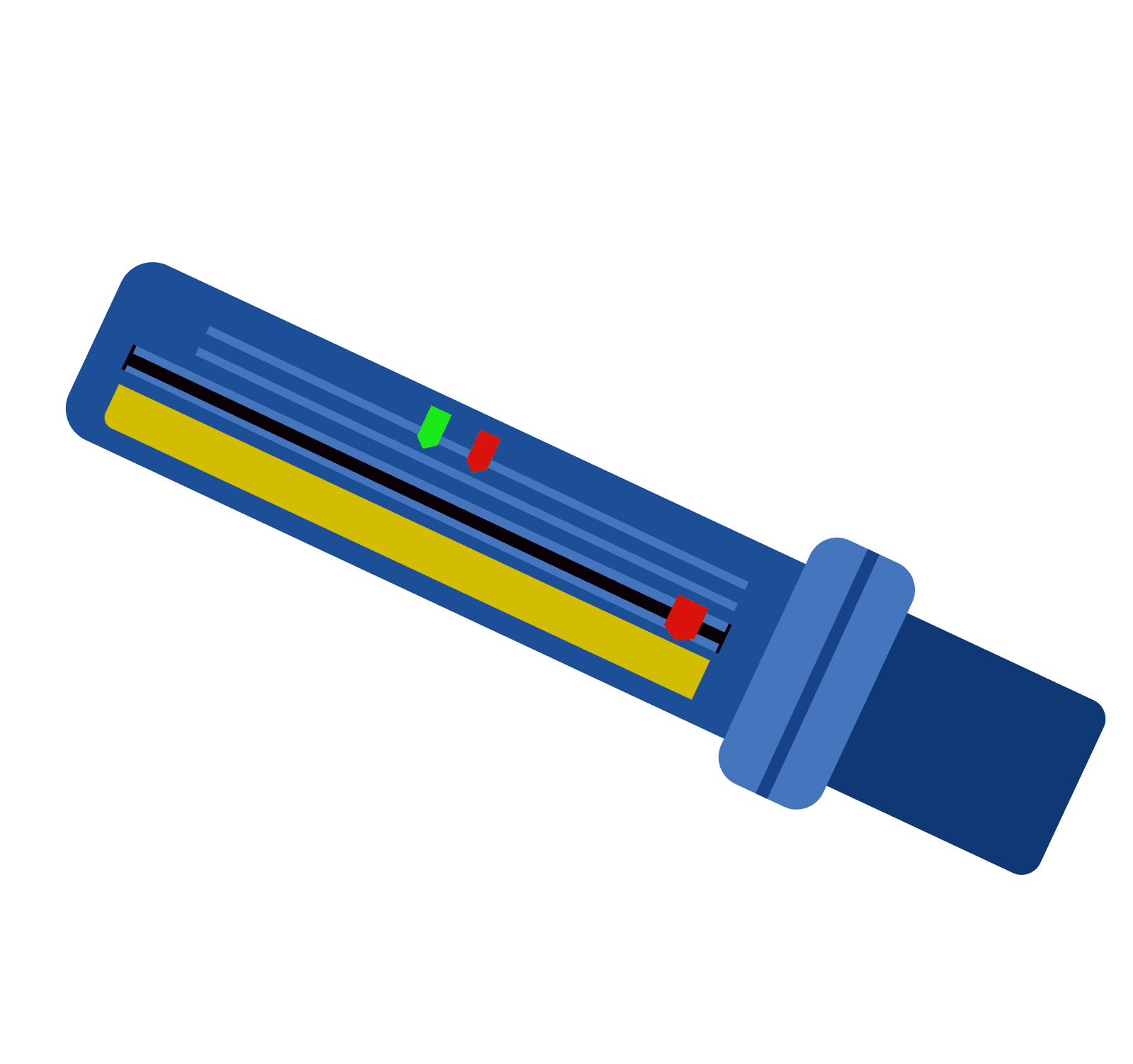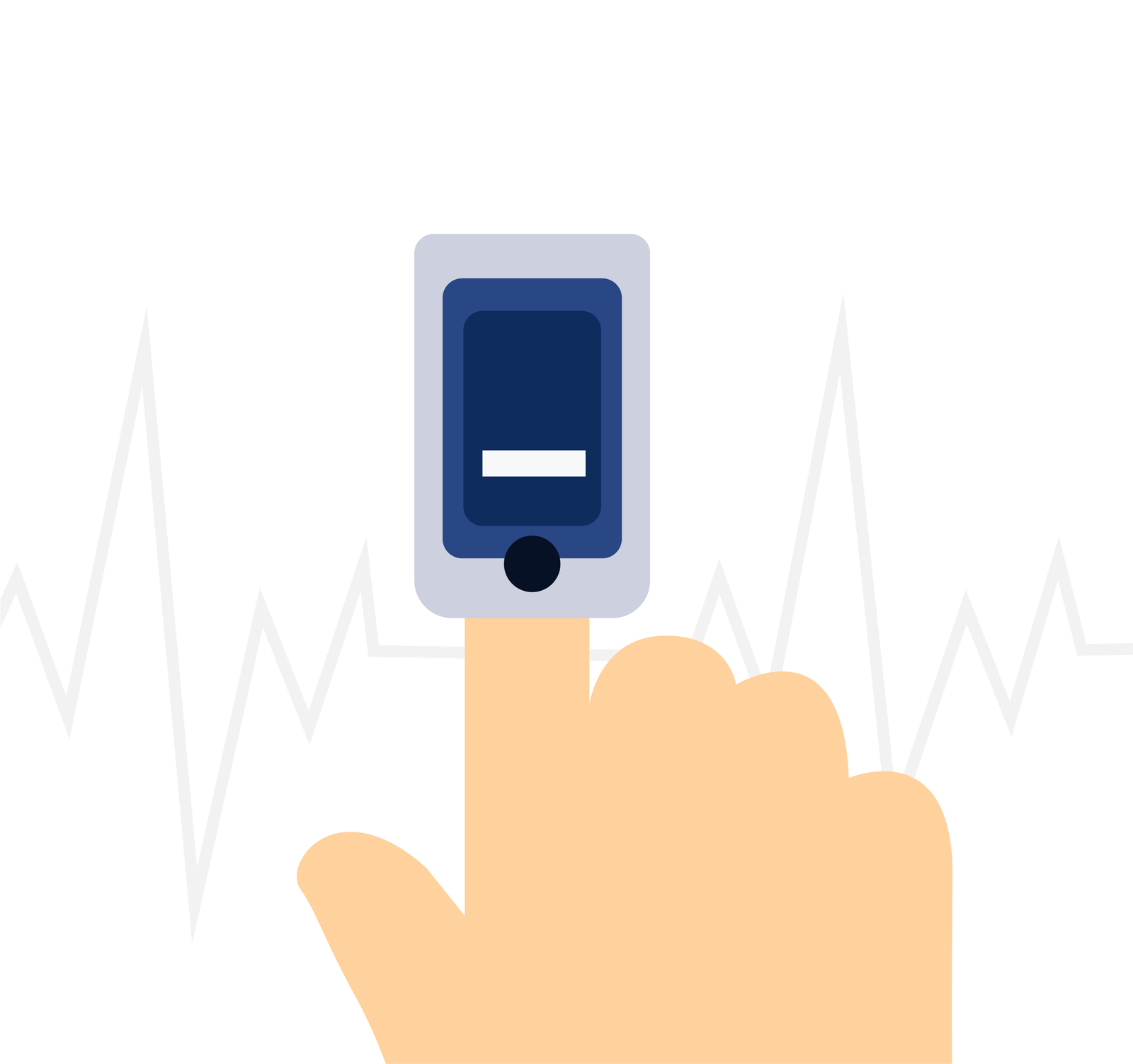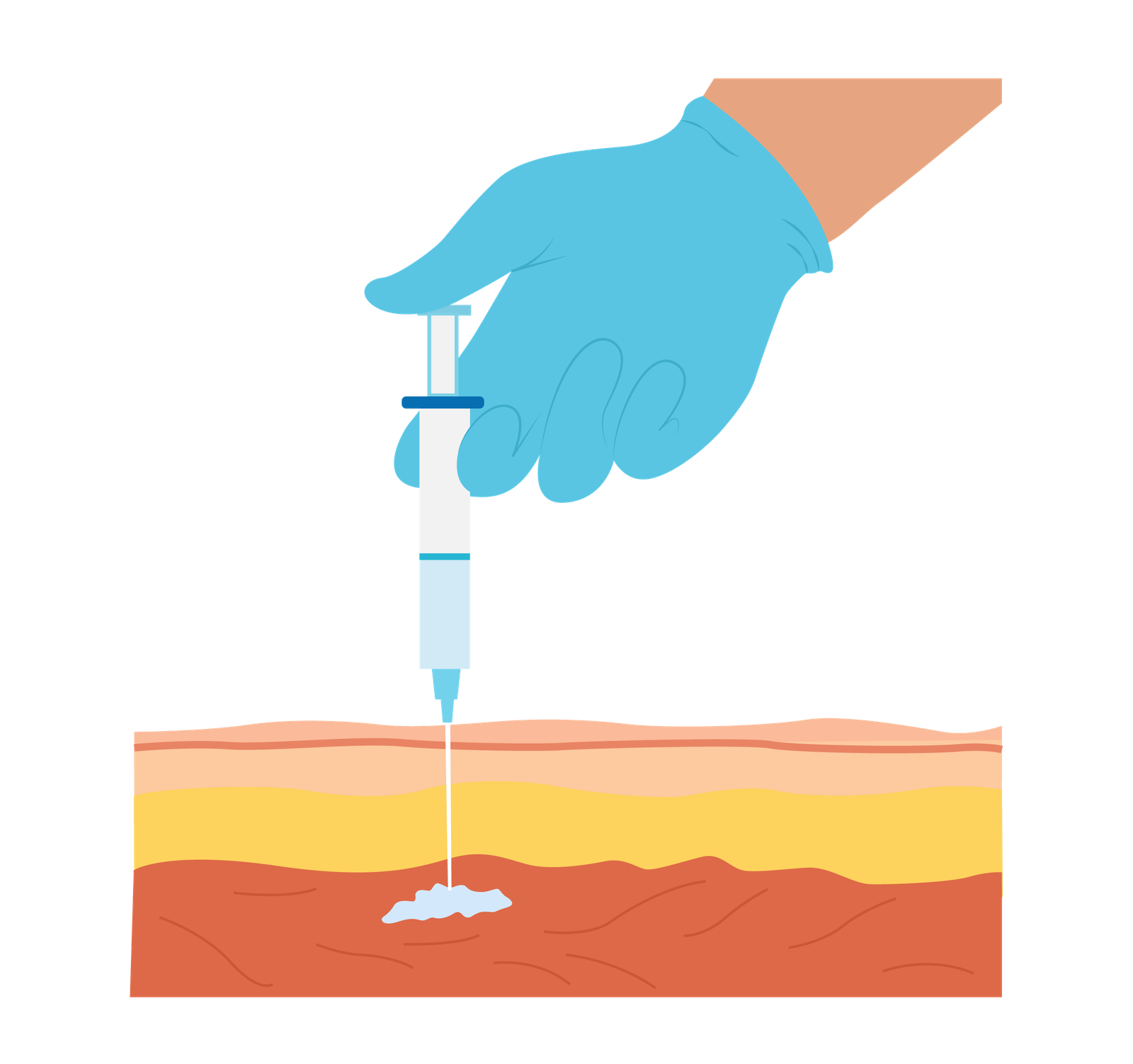Capillary Refill Time
Introduction
Capillary refill time (CRT) refers to the time it takes the capillaries in the body to refill with blood after they have been compressed.
Normal capillary refill time is proposed to be less that two seconds, with any longer time deemed prolonged or abnormal.
There is much debate around the accuracy of capillary refill time and should be used with precaution.
Indications
A capillary refill time can be useful in assessing the adequacy of tissue perfusion (often in traumatic injuries).
Contraindications
None.
Cautions
Capillary refill time can be influenced by a range of factors such as the patients age, sex, and environment. Ambient and body temperature can alter results of capillary refill time.
Certain mediation, such as inotropes, may influence the capillary refill time.
Complications
None
Procedure
Carry out pre-proecdure checks.
Raise the patient’s hand to the level of the heart and select a finger to perform the observation. (Forehead or sternum can also be used).
Apply pressure to the finger for at least five seconds to compress the capillaries.
Release the pressure and record the time it takes for the colour to return to normal.
Interpreting Results
There is much debate around the use and interpretation of capillary refill time, but as a quick and easy test that can be conducted in all haemodynamic status, it is likely to remain as part of a cardiovascular observation tool.
A normal capillary refill time is less than 2 seconds.
Prolonged refill time may indicate reduced blood flow, dehydration, or other circulatory issues.
Rapid refill time may suggest increased blood flow or peripheral vasodilation.
There is little evidence to support the use of capillary refill time in predicting haemodynamic status and should be used as part of a holistic assessment, not in isolation.
Key Points
- Capillary refill time can be used to evaluate peripheral circulation and tissue perfusion.
- It is commonly assessed by pressing on a fingertip or using the forehead or sternum.
- Normal capillary refill time is typically less than 2 seconds.
- Caution is needed when using capillary refill time and should not be used in isolation.
Bibliography
Gregory, P. and Mursell, I. (2010). Manual of clinical paramedic procedures. Chichester: Wiley-Blackwell.
McGuire, D., Gotlib, A. and King, J. (2021). Capillary Refill Time. [online] PubMed. Available at: https://www.ncbi.nlm.nih.gov/books/NBK557753/
Introduction
Capillary refill time (CRT) refers to the time it takes the capillaries in the body to refill with blood after they have been compressed.
Normal capillary refill time is proposed to be less that two seconds, with any longer time deemed prolonged or abnormal.
There is much debate around the accuracy of capillary refill time and should be used with precaution.
Indications
A capillary refill time can be useful in assessing the adequacy of tissue perfusion (often in traumatic injuries).
Contraindications
None.Cautions
Capillary refill time can be influenced by a range of factors such as the patients age, sex, and environment. Ambient and body temperature can alter results of capillary refill time. Certain mediation, such as inotropes, may influence the capillary refill time.Complications
NoneProcedure
Carry out pre-proecdure checks.
Raise the patient’s hand to the level of the heart and select a finger to perform the observation. (Forehead or sternum can also be used).
Apply pressure to the finger for at least five seconds to compress the capillaries.
Release the pressure and record the time it takes for the colour to return to normal.
Interpreting Results
There is much debate around the use and interpretation of capillary refill time, but as a quick and easy test that can be conducted in all haemodynamic status, it is likely to remain as part of a cardiovascular observation tool. A normal capillary refill time is less than 2 seconds. Prolonged refill time may indicate reduced blood flow, dehydration, or other circulatory issues. Rapid refill time may suggest increased blood flow or peripheral vasodilation.There is little evidence to support the use of capillary refill time in predicting haemodynamic status and should be used as part of a holistic assessment, not in isolation.
Key Points
- Capillary refill time can be used to evaluate peripheral circulation and tissue perfusion.
- It is commonly assessed by pressing on a fingertip or using the forehead or sternum.
- Normal capillary refill time is typically less than 2 seconds.
- Caution is needed when using capillary refill time and should not be used in isolation.
Bibliography
Gregory, P. and Mursell, I. (2010). Manual of clinical paramedic procedures. Chichester: Wiley-Blackwell.
McGuire, D., Gotlib, A. and King, J. (2021). Capillary Refill Time. [online] PubMed. Available at: https://www.ncbi.nlm.nih.gov/books/NBK557753/






